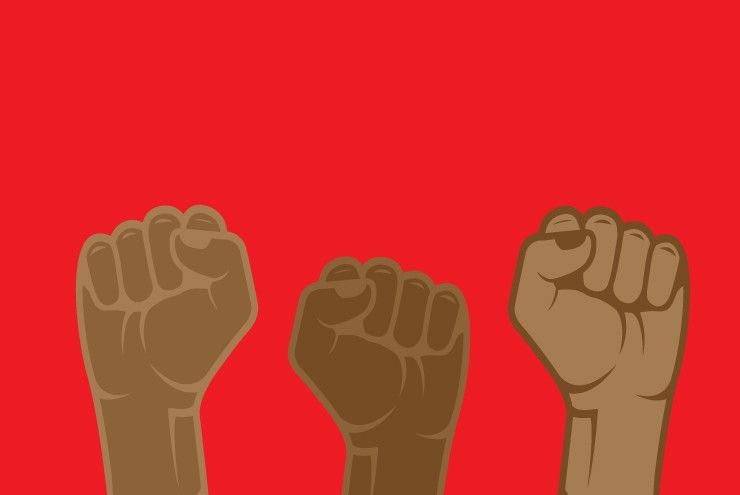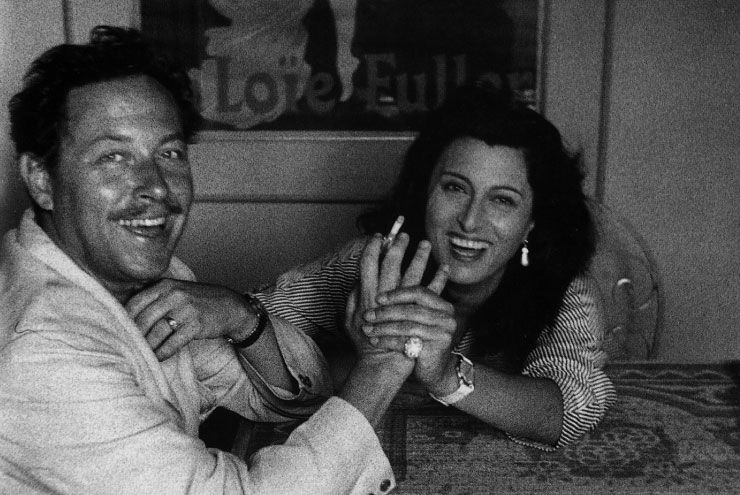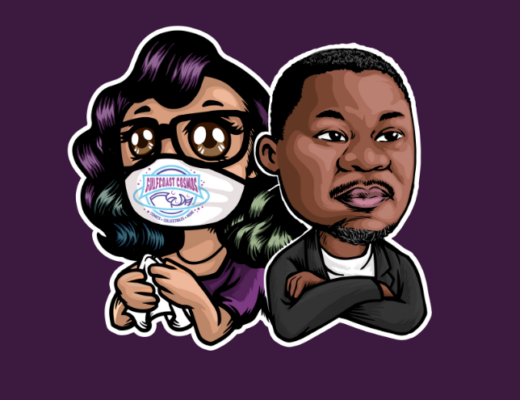By Deondre B. Moore
As an HIV advocate, I know that my success is rooted in my resiliency. Rooted in my courage to stand up for all people, regardless of race, gender, sexuality, or socioeconomic status. Rooted in my persistence to have the tough conversations others avoid. Conversations like the fact that we will never achieve an AIDS-free generation unless we embrace and advocate for social and racial justice.
To understand how racial and social justice intersect with the fight against HIV/AIDS, we must first understand the meaning of each. Social justice is defined as the equitable distribution of social, economic, and political resources, opportunities, and responsibilities. It is a sustained commitment to fight all forms of oppression in order to create a society based on equality and fairness for all people. Social justice impacts all aspects of life—everything from someone’s chance of getting sick to their living situation to their access to education. Racial justice, on the other hand, refers to fair treatment and equal opportunities regardless of skin color and physical characteristics.
Answer me this—do you consider yourself to be someone who “doesn’t see race or color?” Well, our country’s systems see race, and so should you. I, as a black gay man, am not and should not be treated the same as a white gay man. I don’t share the same privileges as my white counterparts. We have drastically different lived experiences, and that’s okay. What’s not okay is not recognizing that privilege exists in the first place.
Our education institutions see race. Our healthcare systems see race—just compare the number of black and brown people who lack health insurance to their white counterparts. Diseases see race—data shows that people of color are affected by chronic diseases at significantly higher rates than are white people. Our governments—local, state, and federal—see race. Our current administration has agreed to cut over $186 million from HIV/AIDS funding. That funding would have helped those most affected by HIV/AIDS—black and brown communities and gay and bisexual men. By comparison, the government sees the need to heavily invest in fighting the opioid crisis, a drug addiction that predominantly affects the white population. This is social injustice.
Now, how does all this play into HIV and AIDS? Well, black and brown men and women are extremely disproportionately affected by HIV and AIDS compared to all other races. According to Centers for Disease Control and Prevention, one in two black men who have sex with men (MSM) will be diagnosed with HIV in their lifetime. Comparatively, only one in 11 white MSM will be diagnosed as HIV-positive. Among women who were newly diagnosed as HIV-positive in 2015, 61 percent were black. White women accounted for only 19 percent of new diagnoses. Why are communities of color at much higher risk of contracting HIV than white counterparts? The answer is simple—lack of social and racial justice.
Historically, communities of color have been disadvantaged in terms of access to education, wealth, employment, higher quality of life, and healthcare. It’s no secret that historically black schools do not offer the same level of education as predominantly white ones, due to lack of resources and funding. This needs to change. To get to an AIDS-free generation, we must teach youth about sex—the good and the bad—so that they can protect themselves.
Wealth also plays a major role in HIV/AIDS. Since the days of slavery, systemic poverty has trickled down through black and brown communities. The poor are less likely to have health insurance, access to good doctors, access to higher quality education, and are subject to lower quality living conditions, thus making them more likely to contract HIV.
Stable employment also plays a crucial role in access to healthcare. That stability includes privileges like the ability to leave work for doctor appointments without the fear of losing your job. For many within the black and brown LGBTQ community, stable employment is out of reach. I’ve seen young gay men and trans women who resort to sex work to make ends meet. This work can often be for survival after their parents have kicked them out of their homes for being LGBTQ. Survival sex ensures these young folks have a place to stay at night. It also increases their risk of contracting HIV.
Lack of healthcare, however, is the most crucial factor in communities of color contracting HIV. For one, black folks have a distrust of doctors that dates back to the days of slavery. Black folks were seen as experiments, not humans—just look at the Tuskegee Syphilis Study. These stories and traumas have been passed down through generations of black people. To lower new HIV infection rates, we have to work with healthcare providers to rebuild levels of trust and ensure that our doctors are culturally competent.
All of these issues connect to one another and to HIV prevention. It’s imperative we recognize these intersections, how they can be addressed through social and racial justice, and how they contribute to the fight for an AIDS-free generation. We must continue to have these types of conversations—even if they’re uncomfortable—because they allow for growth and the advancement of equality. I encourage you to take the facts presented here as a starting point for action. We all have a duty—to our communities, our kids, and generations to come—to make HIV/AIDS a thing of the past.







